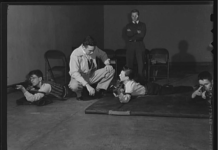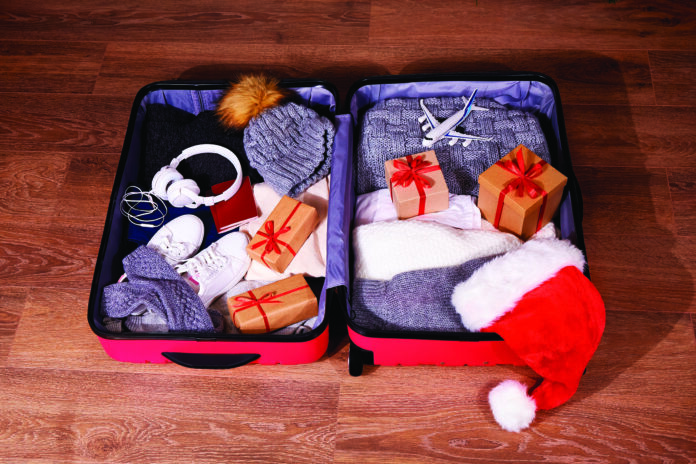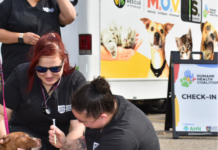(Family Features) The holiday season can be stressful enough before adding travel to the mix. Coordinating ground or air travel and planning accommodations, even if you’re simply staying with loved ones, is often just the beginning and health and safety concerns can fall by the wayside.
For example, the highest incidence rate of cardiac mortality for the entire year occurs between Christmas and New Year’s Day, according to the American Heart Association, and more than 350,000 out-of-hospital cardiac arrests occur each year in the United States.
If you’re among the 62% of Americans who plan to travel this holiday season, according to research conducted by IPX1031, consider these tips to protect your health and safety.
Plan Ahead
Proper planning can help ensure you’re prepared to handle any unexpected challenges or delays when you depart. Check the weather before heading out – including at your destination – and travel around any anticipated storms. Leave early to account for potentially heavy traffic and plot your path in advance to ensure you’re aware of any road closures or construction, which can allow you to find alternate routes, if necessary, rather than trying to adjust on the fly.
Ensure Your Family is Up to Date on Vaccines
Routine vaccinations can help protect you from infectious diseases that can be easily spread when around a large group of people. The Centers for Disease Control and Prevention recommends the seasonal flu vaccine for everyone 6 months of age and older. Other vaccines, such as the COVID-19 vaccine or booster and measles vaccine, can help protect not only your health, but your loved ones as well.
Learn CPR
Only about 40% of people who suffer from cardiac arrest receive cardiopulmonary resuscitation, or CPR, from a bystander, according to the American Heart Association. However, immediate CPR can double or triple a cardiac arrest victim’s chance of survival.
Just in time for the holiday season, revamped Hands-Only CPR training kiosks, which provide an overview of Hands-Only CPR followed by a practice session and a 30-second test, are available in airports, hospitals and other locations around the country. With the help of a practice mannequin, the kiosks give feedback about the depth and rate of compression, as well as proper hand placement – factors that influence the effectiveness of CPR – and teaches the two simple steps:
1. Call 911
2. Push hard and fast in the center of the chest of the individual experiencing cardiac arrest until help arrives
Many of the Hands-Only CPR kiosks, as well as the Hands-Only CPR campaign, are supported by Elevance Health Foundation. To find a kiosk along your travel path, visit heart.org/handsonlycpr.
Prepare Your Vehicle
Car trouble is a common culprit during holiday travel. To help avoid potential issues, have your vehicle checked before embarking on an extended trip. Check tires, the battery, headlights, windshield wipers and any other parts that may be adversely impacted by winter weather. Also ensure your vehicle is equipped with essentials like a spare tire or inflation kit, jack, jumper cables, blankets, a first aid kit and a flashlight in case of an emergency.
Pack a Health Kit
If you take prescription or over-the-counter medications, it may be difficult to quickly get a refill at your destination, so be sure to pack enough to last your entire trip, plus extras in case you encounter any travel delays. It may also be helpful to pack other essentials including hand sanitizer, a first-aid kit, cold medicine, aspirin and your health insurance card in case of any unexpected injuries or illnesses while on the road.
Photos courtesy of Shutterstock
#16877
Source: American Heart Association




































